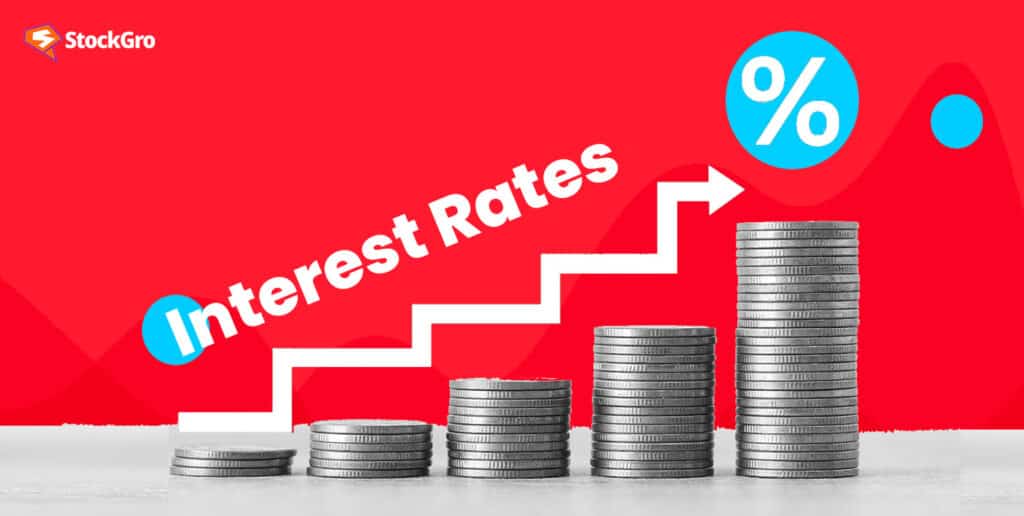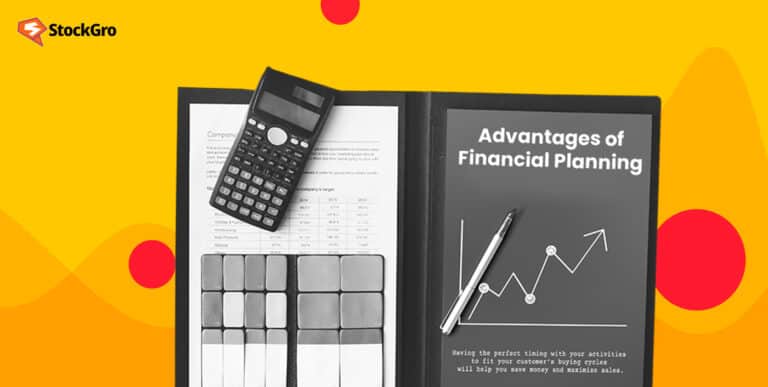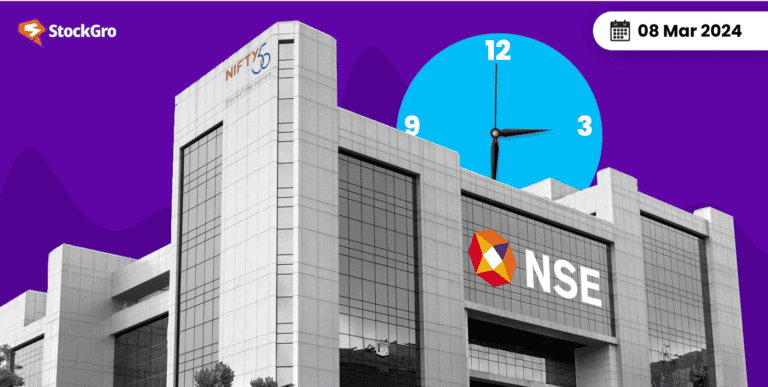
The COVID-19 pandemic challenged economies globally, and India’s fiscal played played a crucial role in its resilience. Through targeted measures such as extensive food security, financial support for businesses, and public health initiatives like free vaccinations, India aimed to mitigate the pandemic’s impact. These efforts positioned India for strong economic growth despite global uncertainties, as recognised by the IMF.
But beneath the surface of fiscal policy lie intricate dynamics that affect various aspects of the economy, one of which is the impact on loan interest rates. This blog will delve into this aspect, uncovering how government fiscal actions influence the rates at which individuals and businesses borrow money. Keep reading to understand the connection between fiscal policy and your loan interest rates.
You may also like: RBI MPC meeting: Repo rate unchanged, what does it mean for you?
Understanding fiscal policy
Fiscal policy is how the government manages the economy through taxation and spending. It’s designed to control economic growth, stabilise prices, and create jobs.
Objectives of fiscal policy:
- Economic growth: Provide funds for infrastructure, healthcare, and education to stimulate investment and activity.
- Price stability: Trying to keep inflation under control and keep prices stable.
- Full employment: Utilising a range of initiatives and plans to raise employment and lower unemployment.
- Equitable income distribution: To guarantee a fair allocation of resources using welfare and taxes.
- External stability: Modify regulations to keep trade and payment balances robust.
- Resource mobilisation: To control the fiscal imbalance and maintain a balance between tax collections and spending.
- Infrastructure development: Make long-term growth investments in infrastructure like transport and energy for long-term growth.
- Social welfare: Provide healthcare, education, and social security programmes to underprivileged populations.
- Environmental sustainability: For sustainable development, including eco-friendly policies.
Fiscal policy tools:
The primary tools in this process are government receipts and expenditures.
- Government receipts:
The government gets money via taxes, asset sales, loans, and services provided. There are two categories of them: capital and revenue receipts.
Money received from selling or borrowing government assets is included in capital receipts. Large-scale project funding requires this kind of receipt.
Revenue receipts, on the other hand, come from incomes other than borrowing and taxes. They cover the routine expenses of the government.
- Expenditures:
This is about government spending, as the name implies. Revenue and capital expenditures are the two categories.
The costs of maintaining government facilities and paying public employees’ salaries are examples of revenue expenditures.
The government’s investments in large-scale projects like building roads or dams that would eventually strengthen the economy are known as capital expenditures.
The mechanism of fiscal policy:
India’s yearly budget, which outlines the government’s goals for tax collection and spending, is the main vehicle used to implement fiscal policy measures. The fiscal policy tools are strategically used within the budget to meet the country’s economic goals.
The government can regulate the amount of money that people have to spend by changing taxation. Reduced taxes provide people and businesses with greater disposable money, which stimulates investment and expenditure. On the other hand, higher taxes can slow down an overheated economy by reducing the amount of money available for spending.
Government spending plays a crucial role, too. By increasing demand and generating jobs, investments in social welfare programmes and infrastructure projects can enhance economic activity. Investments from the government can assist in keeping the economy running forward in times when the private sector is unwilling to spend.
Types of fiscal policy:
- Expansionary fiscal policy: To promote growth in hard times, governments may lower taxes and raise expenditures. This tactic increases demand and puts more money in people’s pockets, which motivates companies to increase output.
- Contractionary fiscal policy: Here, the government cuts expenditure to lower the amount of money in circulation in the economy, damping demand and maybe lowering inflation in an effort to slow down economic growth, fight inflation, and lower government debt. And raising taxation lowers disposable income and consumption, causing the economy to lose money.
When the government spends more than it collects, it creates a deficit, which can lead to borrowing. This borrowing can be from within the country or internationally. The opposite, a surplus, happens when the government spends less than it collects.
In essence, fiscal policy is about finding the right mix of taxation and spending to keep the economy stable and growing.
Also read: Impact of Inflation on Personal Finances
How does fiscal policy affect interest rates?
As fiscal policy directly influences the economy by adjusting government spending and taxation. In turn, though indirectly, this may have an impact on interest rates. Here’s how it happens:
How does expansionary fiscal policy affect interest rates?
Expansionary fiscal policy refers to a government decision to raise spending in an attempt to stimulate the economy. This expenditure raises the GDP of the nation and may stimulate economic expansion. The government may take on additional debt in order to pay for this increased spending. The financial market’s demand for credit rises as a result of this borrowing.
Private borrowers, such as companies and individuals, have less available credit as the government borrows more. Interest rates rise as a result of scarcity since lenders can charge more when there are more borrowers. For example, a finance business that wants to borrow money in order to lend it to its clients will have to pay more if the government is also borrowing heavily. Customers subsequently pay higher loan interest rates as a result of these increased expenses.
The link between contractionary fiscal policy and interest rates
On the other hand, the government will borrow less if it chooses to cut back on spending. This reduction in government borrowing may cause market interest rates to drop. Lower borrowing costs result from less competition for capital, which helps individual borrowers by lowering loan interest rates.
Also read: In Nirmala Sitharaman budget 2024: What it means for you
Bottomline
The connection between the government’s fiscal policy and interest rate is more significant than it might appear at first glance. Higher interest rates may result from increased government borrowing and spending since there will be a larger demand for credit. On the other hand, interest rates may decrease and loans become more affordable when the government reduces expenditure and borrows less.
Essentially, government fiscal actions have a direct ripple effect on your wallet. By understanding these dynamics, you can make more informed decisions about when to borrow or save.

